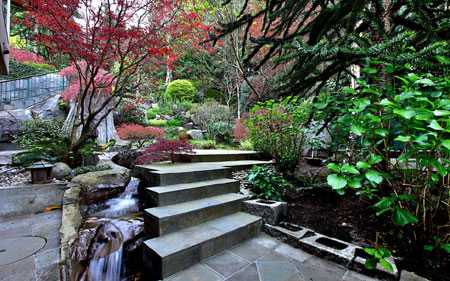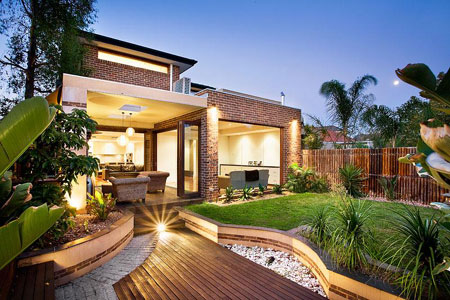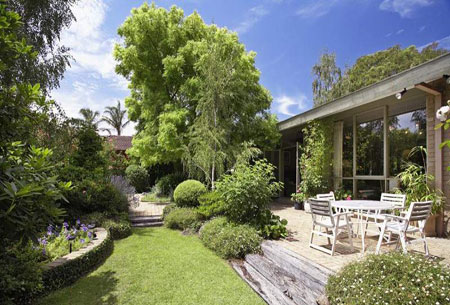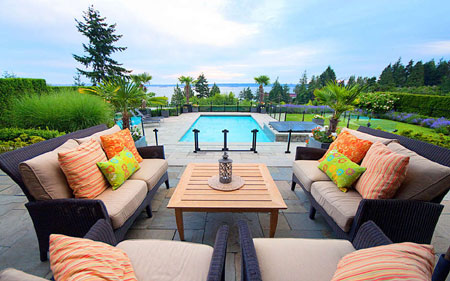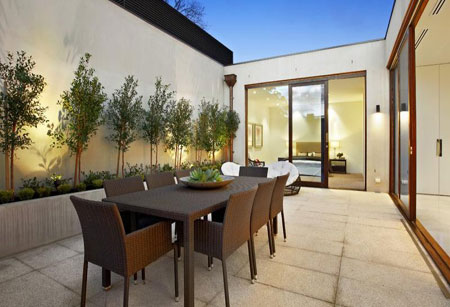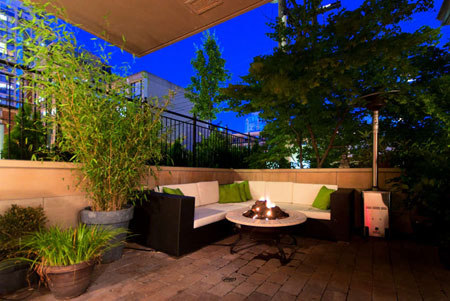How to Plan a Garden
Because a garden is a practical and visual extension of the house, it is logical to give its style and layout careful consideration.
02/2024
Because a garden is a practical and visual extension of the house, it is logical to give its style and layout careful consideration. The demands of a garden change with the family life cycle and at some time or another, it will probably have to cater for a wide range of activities, each requiring an allotted space and particular design.
Of the various outside factors that affect the way you set about planning or replanning your garden, the most important is what exists there already. You may find you have to deal with a garden that has been totally neglected by former owners and you must decide how much effort you are willing to put in to change it – a complete overhaul is quite different from a new landscaping plan.
Other points to bear in mind include climatic conditions, the orientation and the soil conditions in your garden. Certain flowers, plants and shrubs will be more suited to your particular conditions than others, and so these factors will greatly influence the style and type of garden you end up with.
Determining the style
The visual and practical link between the house and outdoors is of great importance when determining the style of your garden. First – recognise the style of your home. Take careful note of the building materials used, as you can create a great sense of unity by incorporating similar materials in the garden itself.
The look and style of the home that the garden surrounds will also impact the style of garden you choose – for example, a stylised and structured landscape would best suit a contemporary home, whereas a more country-style garden would be best suited to a rustic home.
Design and layout
Your garden’s layout is determined by what you want to use the area for – growing flowers, growing vegetables, relaxing, sunbathing, entertaining outside, creating a children’s play area, or a combination of a variety of these. You must consider how much terrace you need, how much of the garden you will require for vegetables, herbs and flowers, how much lawn you would like in relation to flower beds, and where various items will be best suited such as garden sheds, water taps, sandpits, ponds and play areas for example.
Careful planning with squared paper is essential for roughing out your ideas to get a guideline for shaping and proportioning the plot. But before doing this, it's a good idea to schedule a tree removal if any trees on your property need to be removed. This will give you a clear idea of the space and consider the various possibilities that concern each type of garden and some of the many materials and plants you may need to keep it at its best.
There are four main types of gardens – including:
The front garden – Usually a small area in front of your home used as a showpiece to introduce your home to visitors and passers-by. It can also be used as a children’s’ play area if it is well fenced in.
The flower garden – A garden that is given over to attractive flowers and plants, with minimum space used for lawn, terraces and hardscaping features such as ponds, paving, and so on.
The vegetable garden – Used to plant vegetables, fruit and herbs that you and your family can eat and enjoy.
The leisure garden – This kind of garden is designed purely for peace, privacy and leisure – it offers space to sunbath, eat and entertain, with enough space to let your children run freely and enjoy the outdoors.
The all-purpose garden – This garden incorporates a little bit of all the different garden types mentioned above. It requires careful planning to ensure that it includes a number of different elements in a well-balanced and proportional way.
Making a plan
Once you have weighed up all the various factors and decided exactly where your needs lie, it is a wise idea to make a scale plan of the proposed layout on graph paper.
Start by measuring up the garden and marking this in outline. Transfer all the immovable objects, such as outbuildings, sheds, large trees, the pool, ponds, and so on, directly onto the plan, so that you can work around them. Once this is done, you can start to plot in your proposed features – flower beds, the lawn, paths, terraces, and so on. You can always reach out to a company that specializes in landscaping such as Progressive Lawn & Landscaping with your ideas, that way you'll make sure all your plans are realistic and come to fruition in the shortest amount of time possible.

